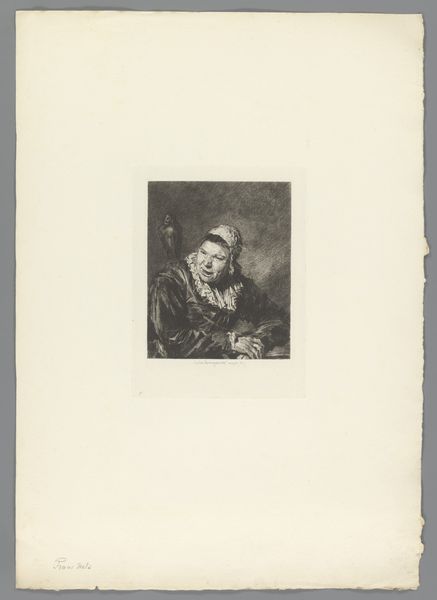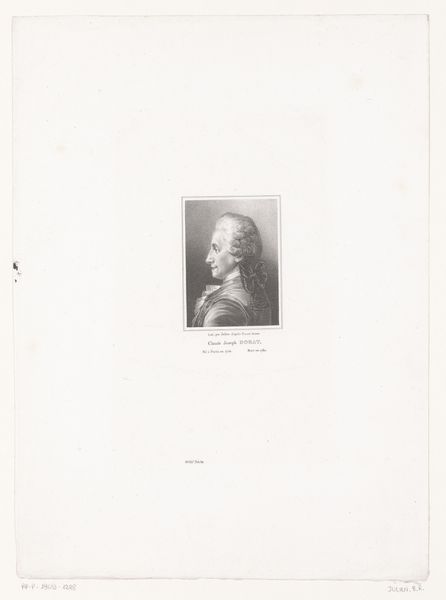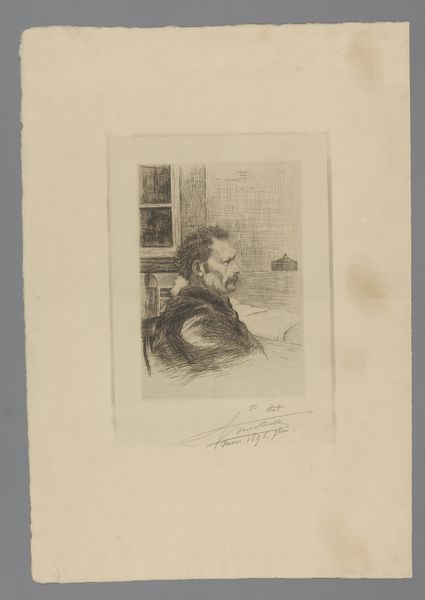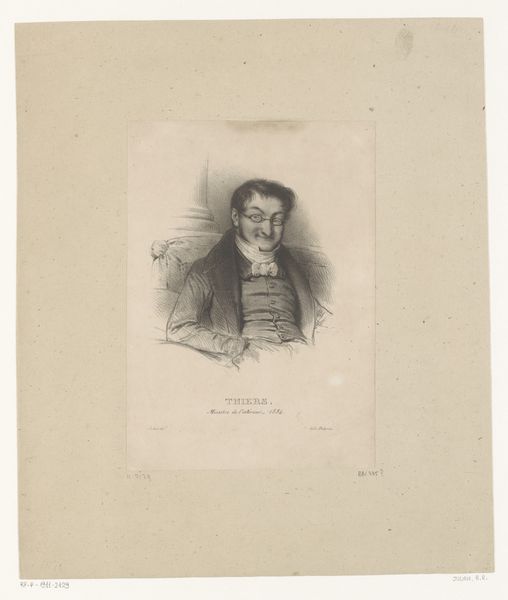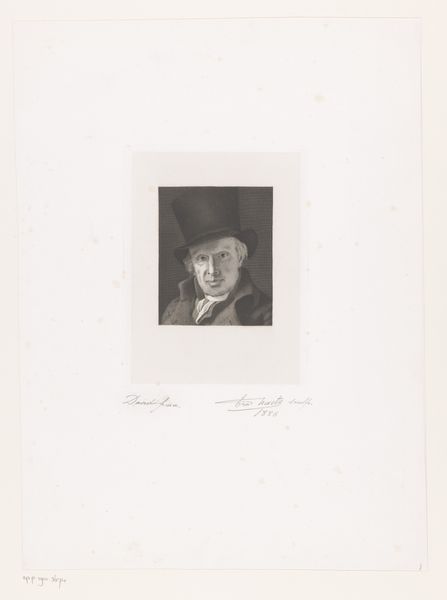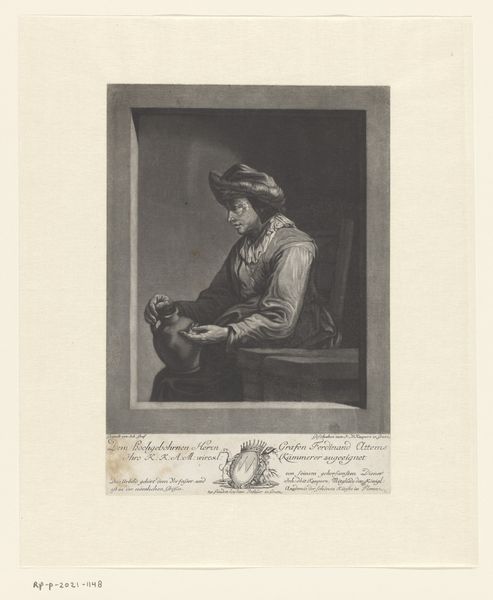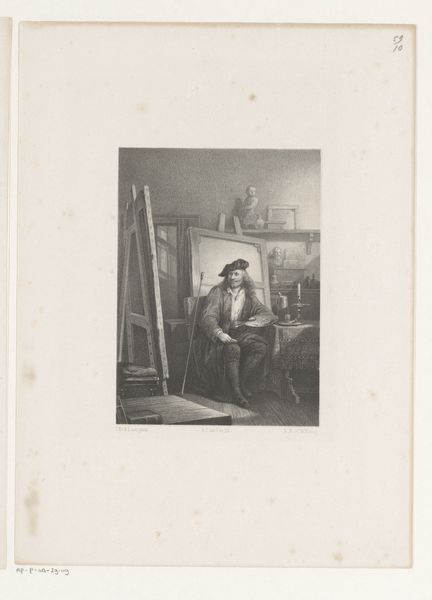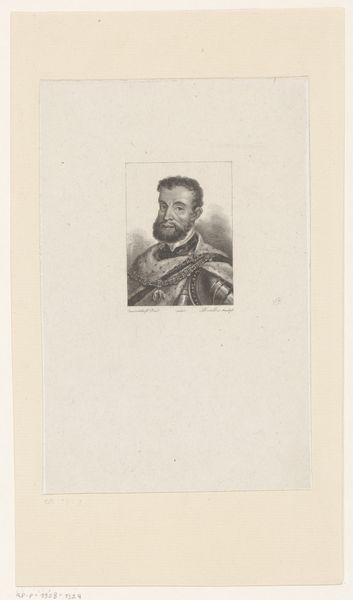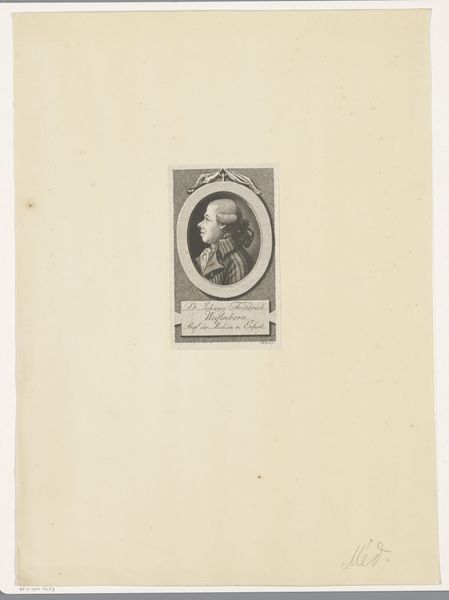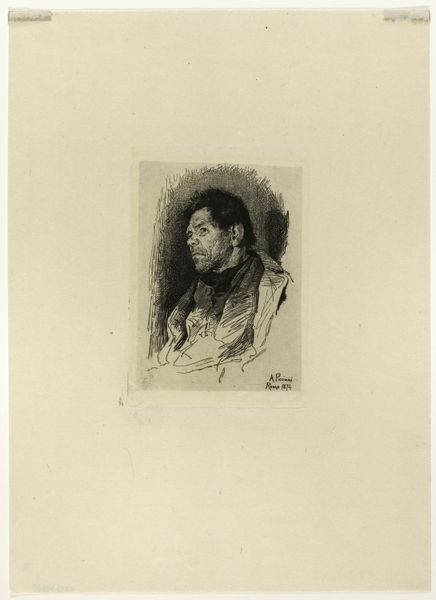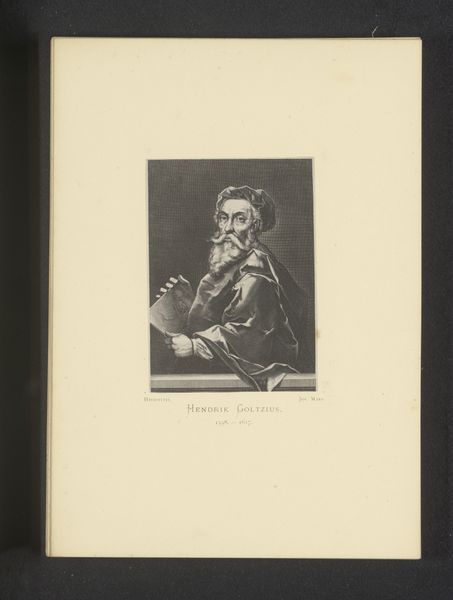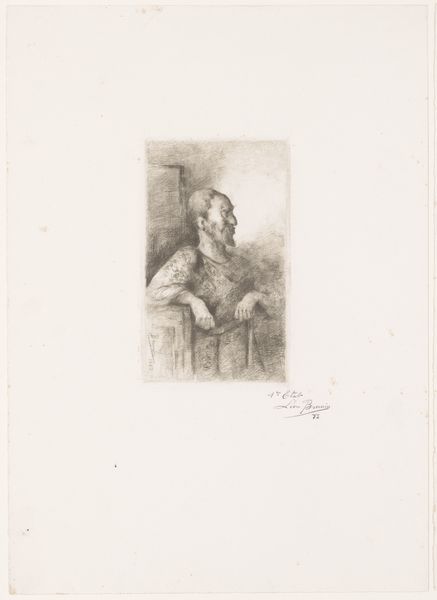
drawing, print, etching, paper, engraving
#
portrait
#
drawing
# print
#
etching
#
paper
#
engraving
#
modernism
#
realism
Dimensions: 128 × 88 mm (image/plate); 361 × 278 mm (sheet)
Copyright: Public Domain
Editor: This is Anders Zorn's etching, "Theodore Roosevelt," from 1905. It’s a small print, a portrait really, but I'm struck by the intensity of Roosevelt's gaze. It's quite imposing for something so diminutive. What do you see in this piece? Curator: Beyond the immediate portrayal of Roosevelt, I see a representation of power and masculinity at a crucial juncture in American history. Consider the context: Zorn created this during Roosevelt's presidency, a period defined by expansionist foreign policy and a distinctly virile national identity. Editor: Virile? How so? Curator: Roosevelt himself cultivated an image of ruggedness, a 'manly' ideal crucial to his political persona. This etching, even with its fine lines and relatively small scale, participates in that construction. Think about the "Rough Riders," the Panama Canal – actions celebrated for their boldness and 'strength'. How might this image of Roosevelt reinforce ideas about American exceptionalism, given Zorn's choice to use etching and engraving to produce it? Editor: So, you're saying the artwork isn’t just a portrait but a reflection of the prevailing political climate and Roosevelt's own crafted image? I guess the print’s limited distribution among his circle gives it a dimension beyond that of a mere portrait, turning it into a symbol of that image of power he crafted? Curator: Precisely. It's not just *who* is depicted, but *how*, and *why* that resonates within a specific socio-political landscape. It highlights the performative aspects of political identity. Editor: That's a completely different way of looking at it than I'd considered. Thanks! Curator: Of course! Always remember, art engages within complex social systems, influencing and influenced.
Comments
No comments
Be the first to comment and join the conversation on the ultimate creative platform.
